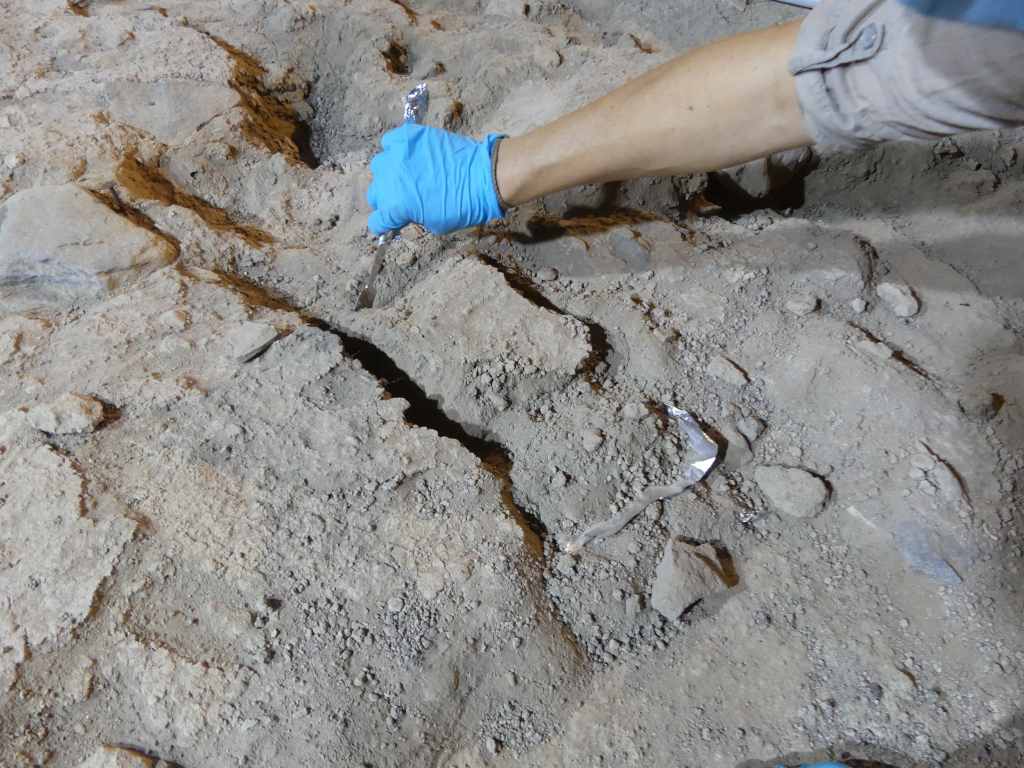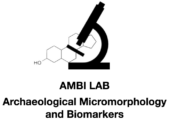Lipid Biomarkers
Lipid Biomarkers
Lipid biomarkers are molecular remnants of organic compounds that can persist in soils and sediments for thousands of years. Derived from plants, animals, microbes, or human activities, these compounds—such as fatty acids, sterols, and hydrocarbons—are chemically stable and resistant to degradation, making them valuable tools for reconstructing past environments and human behavior. Their preservation in archaeological contexts provides a direct link to organic inputs that are often no longer visible to the naked eye.


In archaeological research, lipid biomarkers can help identify the presence of food remains, combustion residues, dung, and other organic materials. Through careful extraction and analysis, often using techniques like gas chromatography-mass spectrometry (GC-MS), researchers can determine the molecular composition of sediment samples and trace the sources of these compounds. This allows for the detection of activities such as cooking, animal penning, or the use of organic building materials, even when no macroscopic evidence remains.
At AMBI Lab, lipid biomarker analysis is integrated with micromorphological and sedimentological studies to provide a multiproxy understanding of site formation processes and human-environment interactions. By combining spatial resolution with molecular specificity, this approach enhances our ability to interpret the use of space, activity areas, and taphonomic pathways in archaeological deposits—especially in contexts where organic matter is poorly preserved or highly fragmented.
